The road to Glastonbury: What makes a Pyramid Stage headliner, and why is it so hard to find them?

Coldplay, again?! Does Dua Lipa really have enough bangers? Who is SZA?
Eyebrows were raised and questions abounded after the announcement of this year’s Glastonbury headliners. Some were warranted: Chris Martin and co’s record-breaking fifth appearance on the Pyramid seemed excessive (there are rumours that even the band thought so). Dua Lipa surely has enough spandex-clad bops, though, to keep even the most sceptical of audience members entertained. As for SZA, well, Kate Solomon makes a fantastic case for why you should get to know her immediately.
“It’s not about the headliners,” is an adage many a seasoned Glastonbury-goer turns to whenever someone takes umbrage at a particular booking. As the die-hard fans know only too well, the Worthy Farm bonanza is so much more than those top-billed acts.
Yet in recent years the conversation has, unfortunately, become all about the headliners. Why? Because organisers are finding it near-impossible to find any. Or at least, the right sort. Even the once-boisterous debates sparked by Stormzy, Jay-Z or The Smiths (yes, the hippies really kicked off about The Smiths in 1984) have been replaced with an eyebrow raise or a shrug. “Another ‘Yellow’ singalong? Sigh... if we must.”
Emily Eavis, co-organiser of the festival, made the struggle to secure headliners emphatically clear in 2023, when – contrary to the usual triumphant unveiling on social media or clues hidden in the Somerset fields – she announced that year’s acts Elton John, Guns N’ Roses, Arctic Monkeys through the much more low-key channel of The Guardian. Anticipating a backlash over the all-male lineup, she said organisers were “trying their best” to curate a more diverse bill, while calling for the music industry to address what she called a “pipeline” problem – a shortage of headline-worthy female artists.
“We’re trying our best [but] the pipeline needs to be developed,” she said. “This starts way back with the record companies and radio. I can shout as loud as I like [about the lack of successful female artists] but we need to get everyone on board.”
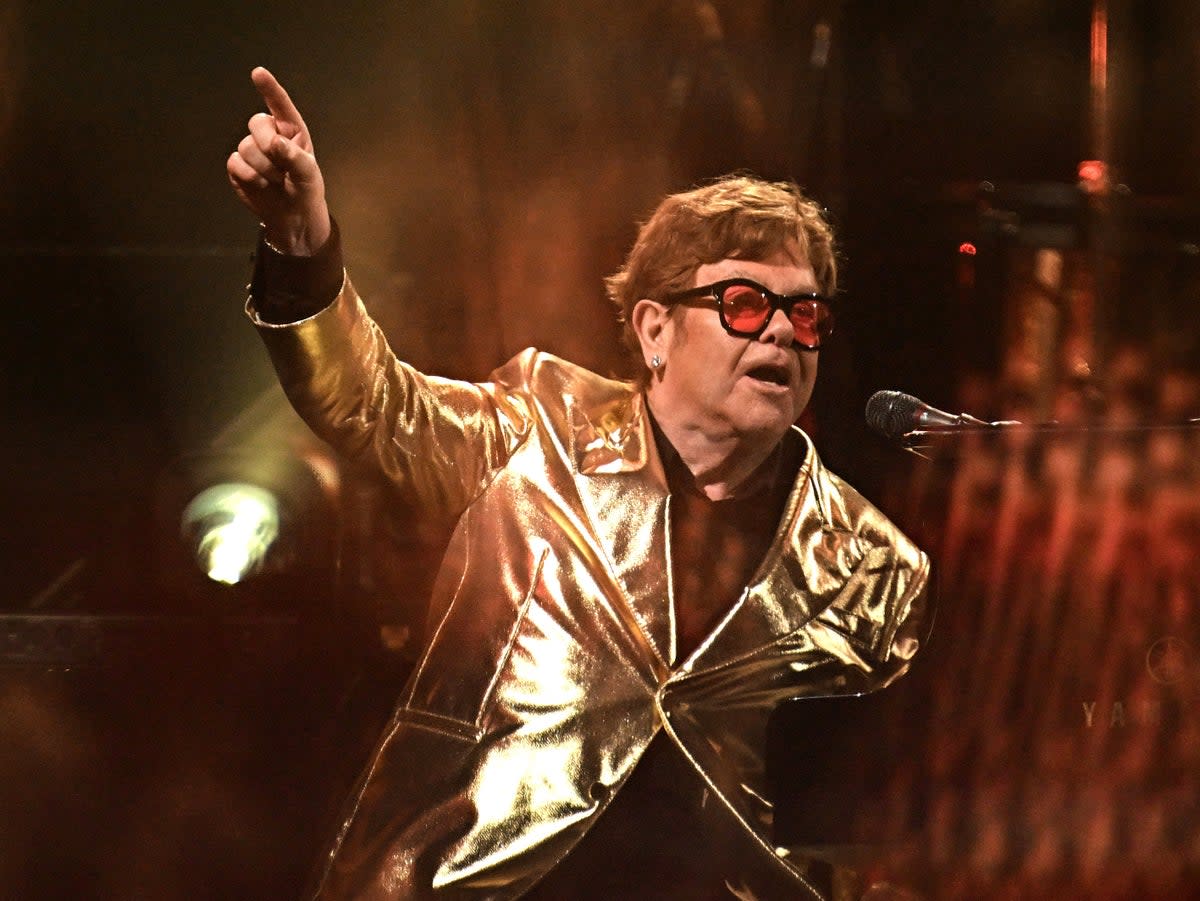
It’s not just about gender. Fatboy Slim, who can claim the most Glastonbury performances out of any artist (up to six performances at every festival since 1996) warned in 2017 that the festival was running out of options. The bigger the festival becomes, the smaller the pool of artists who can please a larger group of people. Moreover, we live in a climate where everyone likes to have an opinion on everything, invariably the more negative the better. Even a festival as beloved as Glastonbury can bring out the naysayer. Unfortunately, the sheer underwhelming nature of the last two years, along with any kind of exclusivity (Dua Lipa and SZA are both booked at festivals around Europe this summer), hasn’t exactly made it the can’t-miss event of the season.
So what does a band or an artist need to become a stone-cold Glastonbury headline success? What special star qualities are the organisers looking for? The first one is easy. Out of the 103 headliners Glastonbury has booked since the first festival took place in 1970, many are not just the biggest names of their day but capture the musical zeitgeist, whether that be Britpop (Blur, Oasis, Pulp) or indie sleaze (The White Stripes, Arctic Monkeys). For many artists, it’s the ultimate milestone – more so than a record deal or No 1 album.
“The opening ‘Shake Dog Shake’ drum roll and chord in 1986 was an unforgettable moment – that first Glastonbury headline felt like we really had ‘arrived’ in the UK,” The Cure frontman Robert Smith told The Independent in 2020.
After this, though, the picture gets a bit hazy, because defining “big” or “zeitgeist” is not necessarily a question of record sales. Some artists have headlined with 32 albums to their name (Curtis Mayfield in 1983), while others have pipped their peers to the post with just one (The Smiths, 1984; The Communards, 1987; Oasis, 1995; Stormzy, 2019). On average, most headliners have released at least three albums by the time they take to that most hallowed of stages. This year’s leading acts Dua Lipa, SZA and Coldplay have 14 between them.
Of course, fame rather than sales is key. Plenty of artists have released eight or nine albums and have not made it beyond playing their local venues’ circuit (nothing wrong with this). But a Glastonbury headliner needs to be big enough to be playing arenas (or close to). Despite those who argue that SZA isn’t big enough to headline a UK festival, she sold out four nights at the 20,000-capacity O2 last June. Dua Lipa is playing the more modest (but very grand) Royal Albert Hall in October, while Coldplay are in the middle of yet another sold-out stadium tour.
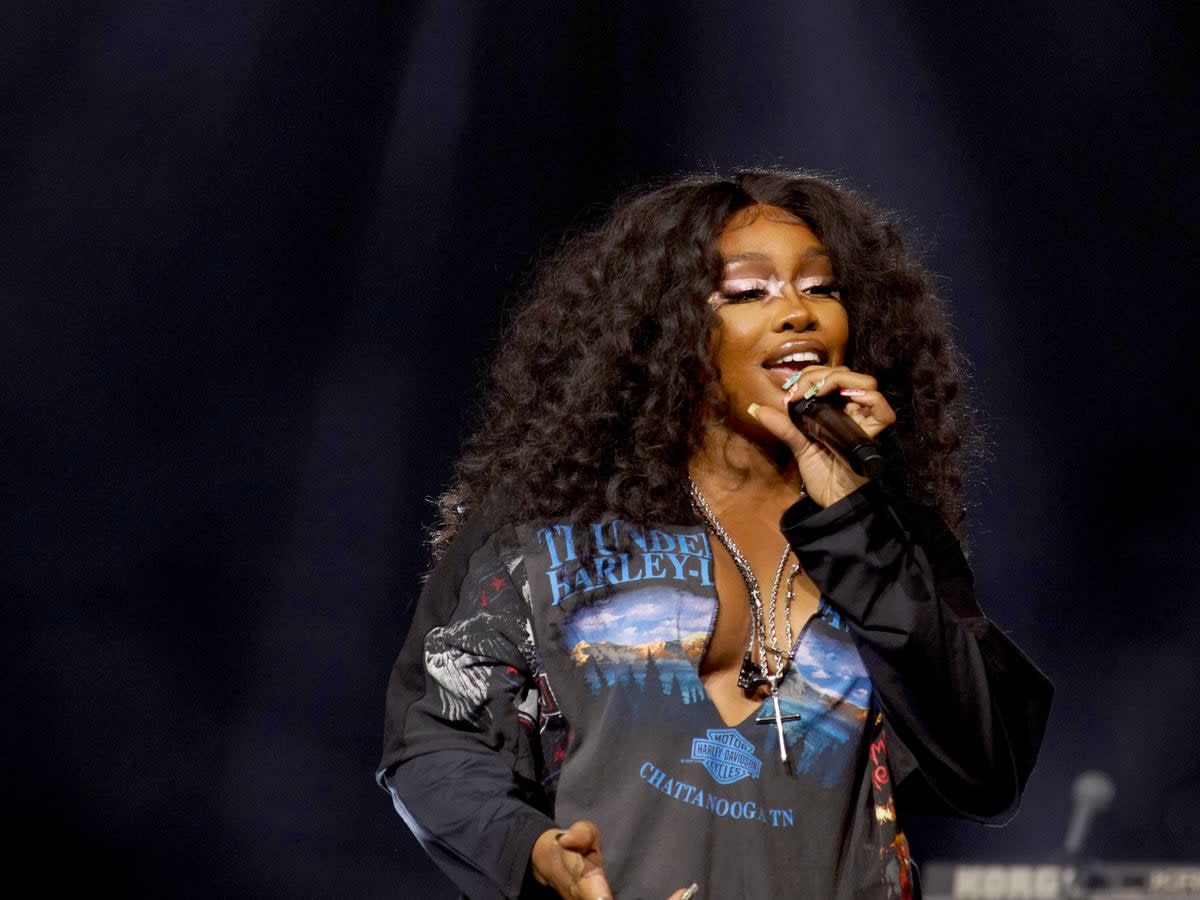
Yet becoming big enough to headline Glastonbury these days is no mean feat. The music industry has changed so drastically in the past 10 years that there is now a yawning divide between newcomers and arena-fillers. More smaller venues where baby artists can cut their teeth on live shows are closing every week: the Music Venue Trust, which represents hundreds of grassroots UK music venues, has repeatedly called for a £1 levy from arenas and stadiums to feed back to those vital artist breeding grounds.
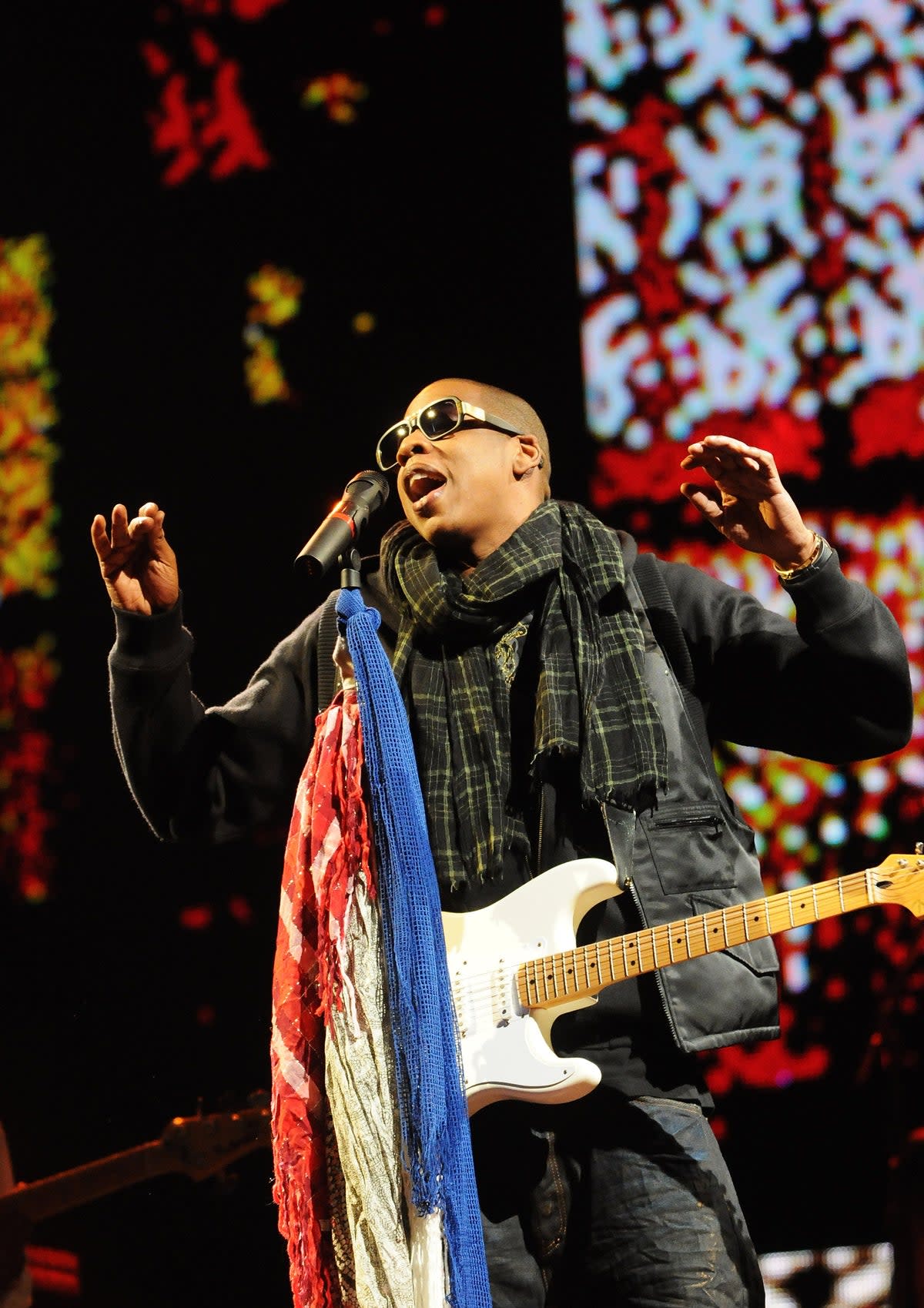
Moreover, Glastonbury is still widely considered a rock festival, despite years in which pop has dominated the charts. When it was announced that Dua Lipa and SZA would be headlining, one national newspaper claimed organisers were “betraying the festival’s roots” by failing to book enough rock acts. When Jay-Z was announced (to huge controversy) as the first major hip-hop star to grace the Pyramid Stage in 2008, Noel Gallagher claimed no one would turn up. Jay-Z trolled him with a rendition of “Wonderwall”.
What’s more, a lineup that favours “classic rock” invariably means a lineup dominated by blokes, however much Eavis might wish it otherwise. It took 14 years for the late Puma Jones to become the first Black female singer to take to the Pyramid Stage when she performed with Jamaican reggae band Black Uhuru in 1984. Five years (including a fallow year) later, Suzanne Vega became the first female solo headliner when she topped the bill alongside Elvis Costello and Van Morrison in 1989 (Vega wore a bulletproof vest after she was mentioned in a death threat from her bassist’s stalker, and was advised by police not to perform). The then 24-year-old Sinead O’Connor followed in 1990.
Glastonbury bookers subsequently endeavoured to keep the lineup balanced from year to year. Shakespears Sister topped the Pyramid Stage in 1992; in 1999, Skin became the first Black British artist to top the billing when she played with Skunk Anansie.
After that, it all got a bit pale and male. Basement Jaxx replaced Kylie Minogue after she was forced to pull out in 2005 due to her breast cancer diagnosis. Glastonbury then went six years without a female headliner before booking Beyoncé, who became the first female solo act to top the bill since O’Connor. It’s been hit and miss ever since, with the festival regularly going one or two years at a time without a female headliner. This year is the first in Glastonbury’s 54-year history where there are more female-fronted headline acts than male.
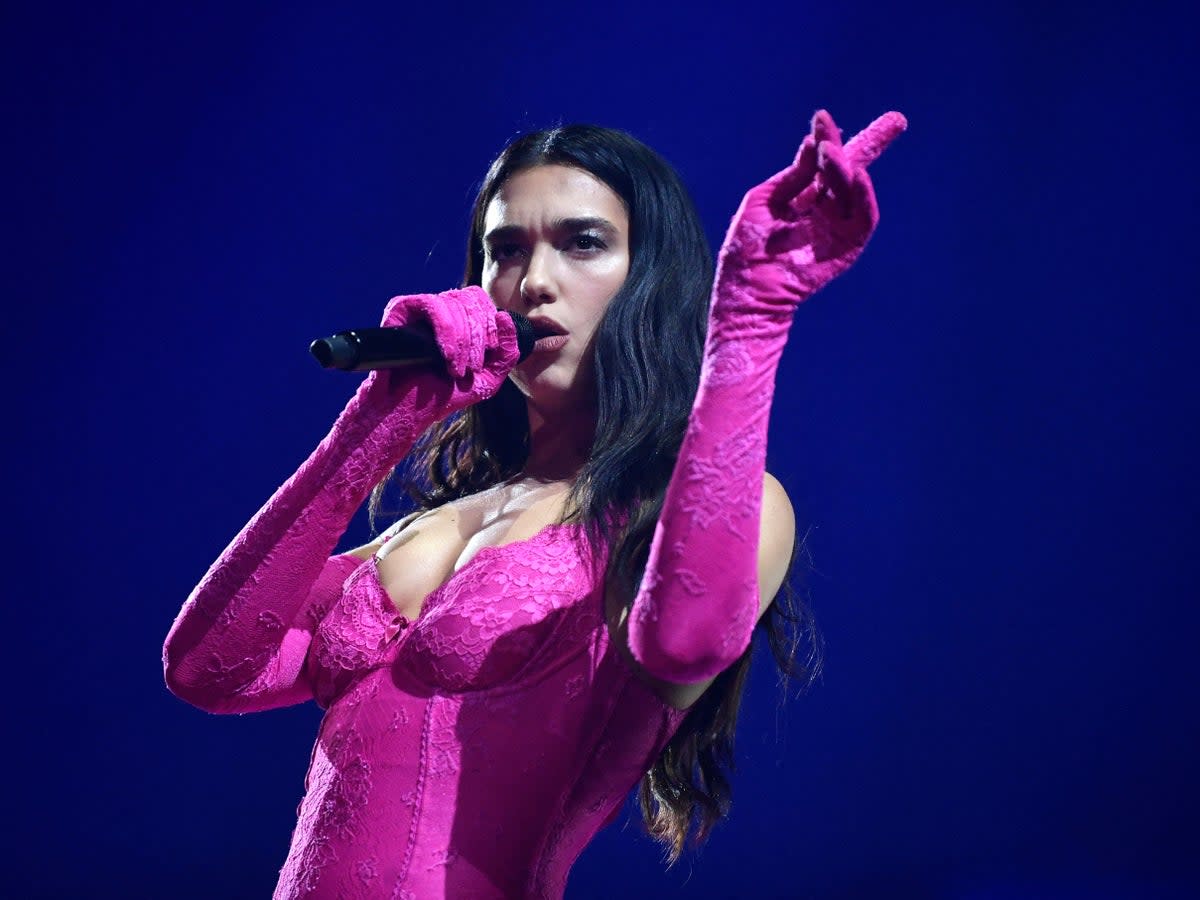
Glastonbury’s own website states that it’s “impossible to put a finger on what makes a Pyramid Stage artist”. Over the years it has played host to newcomers, veterans and “controversial surprises”. But where it has previously succeeded in capturing the spirit of the time, the past two years have said little about where we’re at musically, other than the fact that Elton John’s retirement party will be hard to beat.
What’s more, while Glastonbury is still known to many as “music Christmas”, where a prime slot is still considered one of the most prestigious in the industry, some bands pull out because they worry they won’t do the spot justice: The Killers declined to replace Minogue because they felt they weren’t known enough in the UK. Adele turned the festival down on similar grounds in 2013, coming back when she was ready three years later.
Others slip through the Eavis’s fingers despite their best efforts. Madonna was widely rumoured to be in the mix for 2024, with Eavis stating on a number of occasions that the queen of pop was one of her dream headliners. But The Independent understands that negotiations went stale due to budgetary demands for the performance, as well as Madonna’s requests for her stay in London ahead of the event.
Fleetwood Mac star and solo artist Stevie Nicks was another favourite, but was snapped up by British Summer Time festival. Taylor Swift, too, has been near the top of the wishlist for years and would have made it to Worthy Farm in 2020 were it not for the pandemic. She “politely declined” two years later when much of the rest of the lineup was rolled over; this year was a no-go due to the unstoppable force that is her record-breaking Eras Tour.
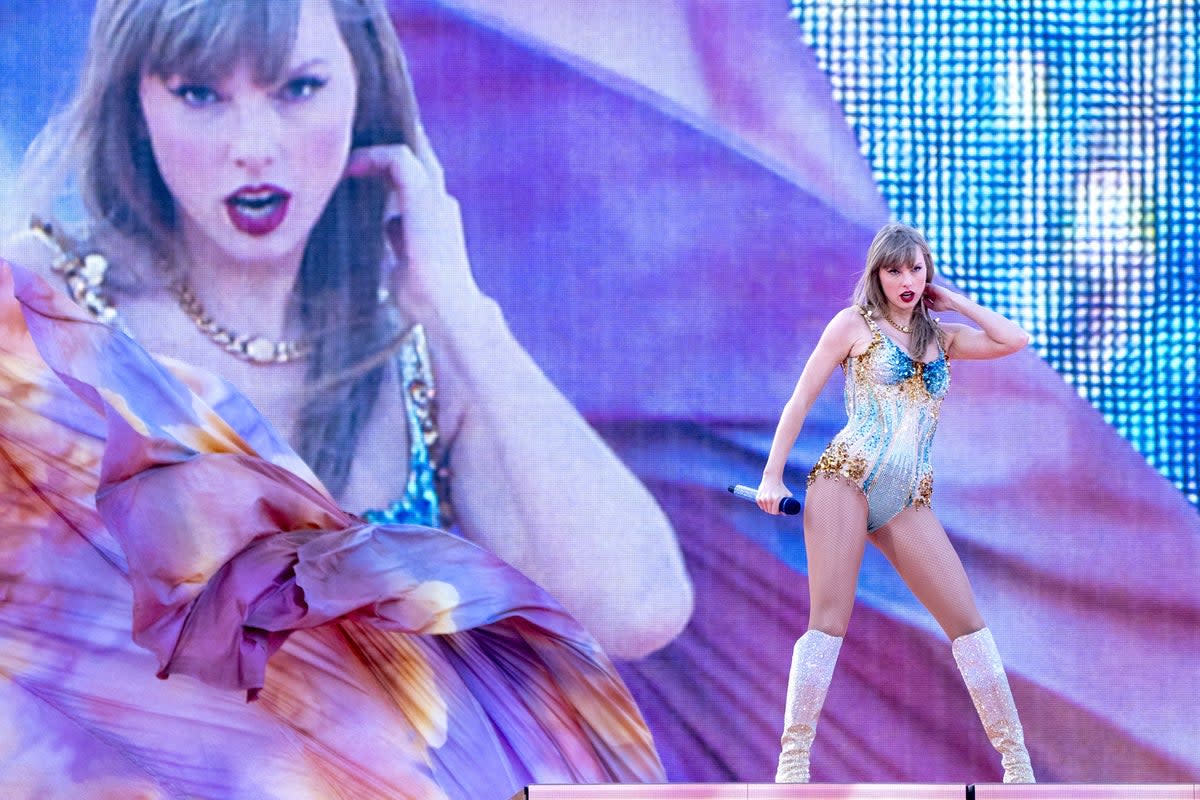
Which could be what led Glastonbury to book Coldplay for a record-breaking fifth time. The temptation to invite an artist back doesn’t always go well (as those who saw Oasis’s chaotic show in 2004 will attest), yet Chris Martin’s band seem to have mastered the art of shock and awe on the Pyramid Stage. Reports say the frontman initially asked organisers to “find another band”; it’s easy to picture them casting their eyes around an empty room and asking… who?
Perhaps it’s time for a rethink. If organisers don’t want Glastonbury to be “all about the headliners”, maybe they should stop waiting for the rest of the industry to crown the “next big thing” and do it themselves. Even better, give the entire lineup a spring clean: ditch the faded indie bands (Snow Patrol, Keane, we’re looking at you) and embrace the new. At least until Eavis’s dream headliner, Kate Bush, comes out of hiding.
